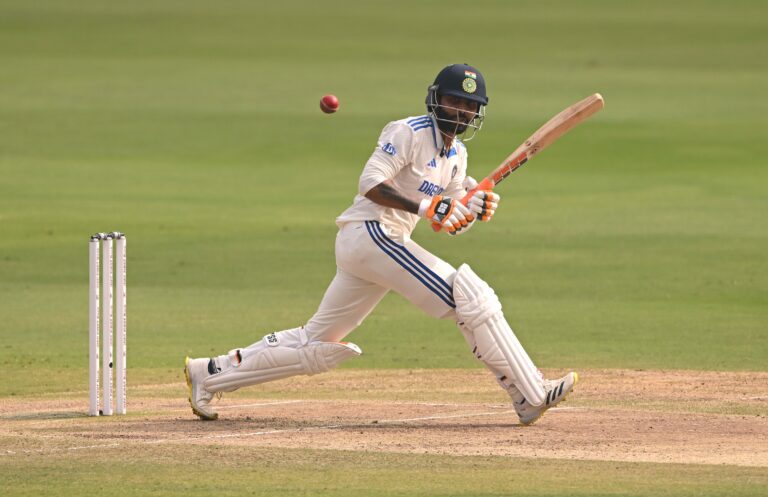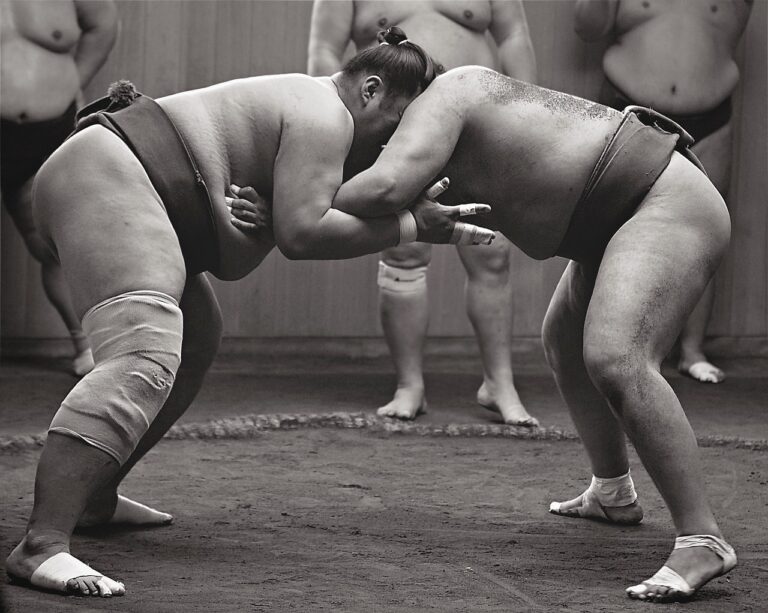The evolution of cricket bats: From traditional willow to modern materials
Khiladiadda, Sky247In the realm of cricket bat manufacturing, the focus on sustainability and eco-friendly materials is gaining momentum. Companies are increasingly turning towards renewable resources and environmentally conscious practices to create bats that minimize their impact on the environment. By utilizing materials such as bamboo, recycled wood, or even plant-based composites, manufacturers are striving to ensure that cricket bats are not only high-performing but also environmentally friendly.
The shift towards eco-friendly bat materials is not just a fleeting trend, but a movement towards a more responsible and sustainable future for the sport of cricket. As consumers become more aware of the environmental repercussions of their purchases, there is a growing demand for products that are produced ethically and sustainably. By incorporating eco-friendly materials into cricket bat production, manufacturers are not only meeting this demand but also setting a new standard for innovation and sustainability in the sports equipment industry.
Future Trends in Cricket Bat Innovation
Cricket bat innovation is continuously evolving, with companies looking to create more sustainable and eco-friendly materials for their products. In recent years, there has been a growing shift towards using renewable resources and reducing the overall carbon footprint of cricket bat production. This trend is expected to continue as awareness of environmental issues increases within the sporting goods industry.
Furthermore, future trends in cricket bat innovation are likely to focus on enhancing performance through advanced technologies and materials. Manufacturers are exploring new ways to improve the balance, power, and durability of cricket bats to cater to the evolving needs of players at all levels. With the integration of cutting-edge materials and design techniques, the future of cricket bat innovation is set to revolutionize the game while also prioritizing sustainability and environmental responsibility.
• Cricket bat innovation is evolving towards more sustainable and eco-friendly materials
• Companies are focusing on reducing the carbon footprint of cricket bat production
• Future trends will likely focus on enhancing performance through advanced technologies and materials
• Manufacturers are exploring ways to improve balance, power, and durability of cricket bats
• Integration of cutting-edge materials and design techniques will revolutionize the game while prioritizing sustainability
What are some sustainable and eco-friendly materials that could be used in cricket bat innovation?
Some sustainable and eco-friendly materials that could be used in cricket bat innovation include bamboo, recycled carbon fiber, and other bio-based composites.
How will sustainability play a role in future trends in cricket bat innovation?
Sustainability will play a significant role in future trends in cricket bat innovation as more emphasis is placed on reducing the environmental impact of manufacturing processes and materials used.
What are some potential future trends in cricket bat innovation?
Some potential future trends in cricket bat innovation include the use of advanced materials such as graphene, 3D printing technology for customized bats, and smart bats equipped with sensors for data collection.
How will the use of innovative materials impact the performance of cricket bats?
The use of innovative materials in cricket bats can potentially improve performance by enhancing durability, increasing power transfer, and improving overall bat feel for the player.
Will traditional materials like willow still be used in cricket bat manufacturing?
While traditional materials like willow will likely still be used in cricket bat manufacturing, there will be a shift towards incorporating more sustainable and eco-friendly materials in the production process.







